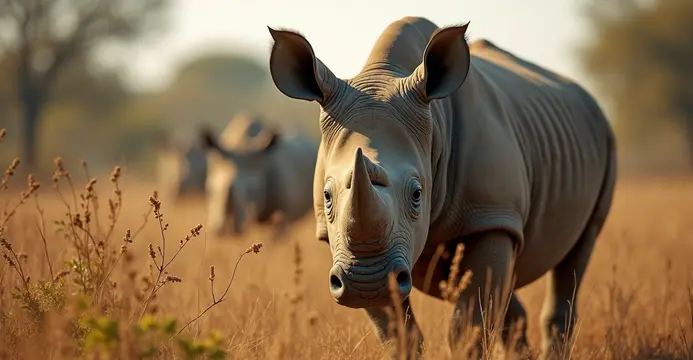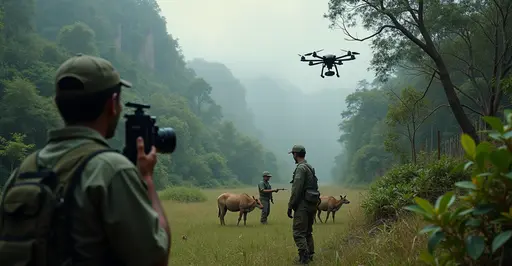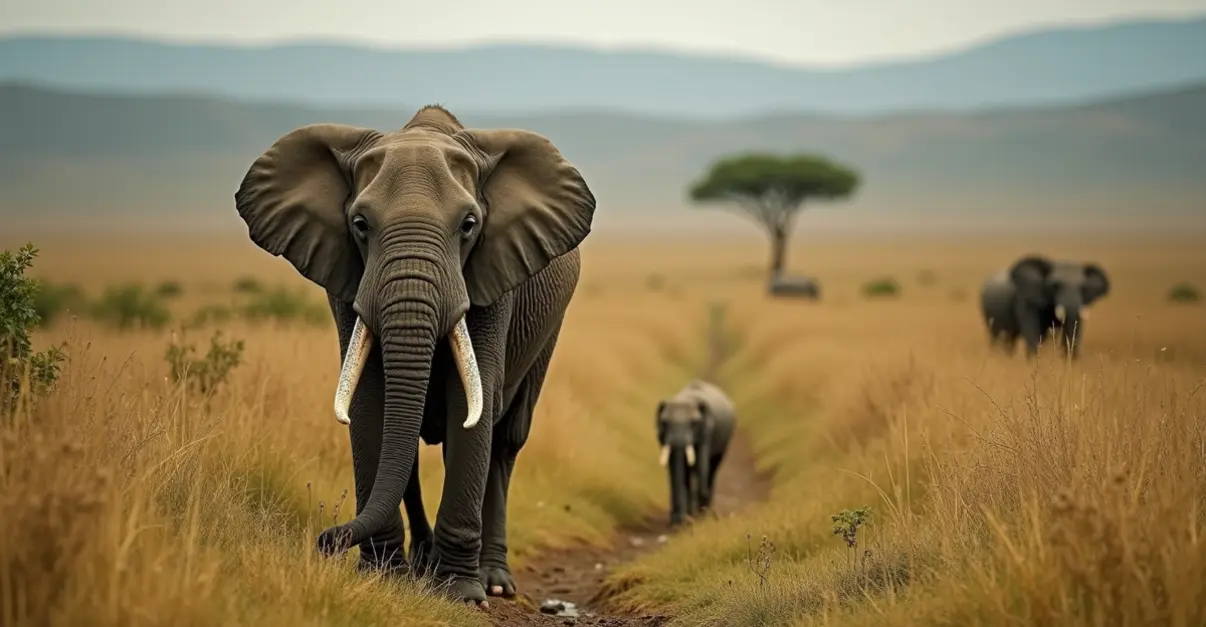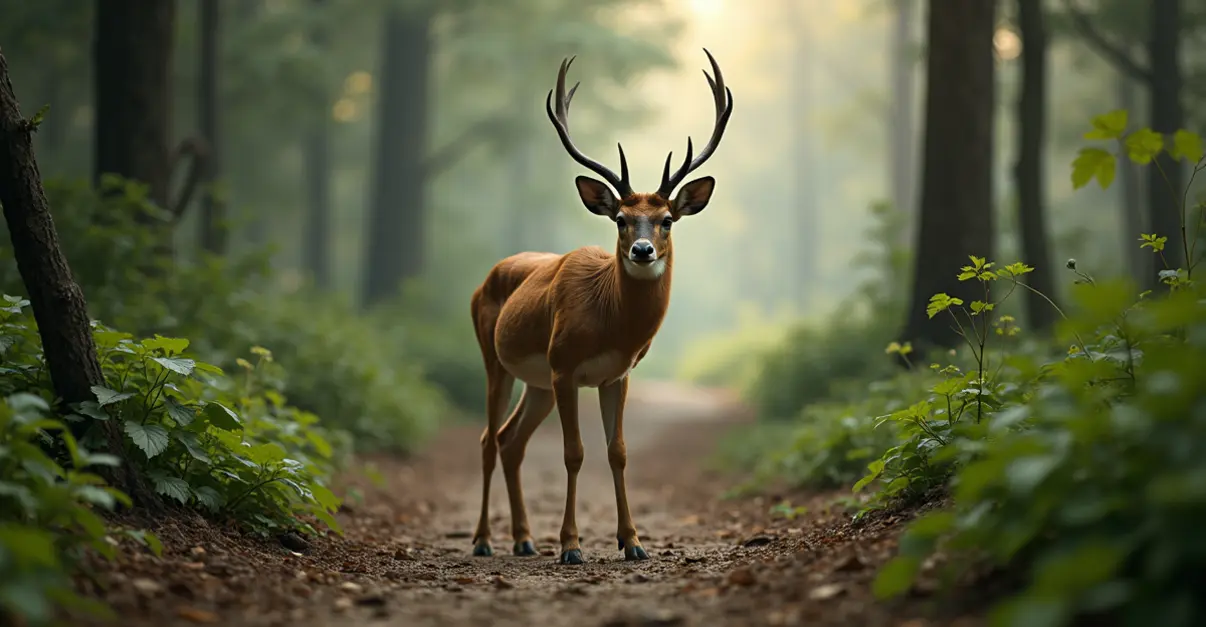Despite conservation efforts, South Africa loses one rhino daily to poaching. 195 killed in first half of 2025, with advanced technology deployed to protect remaining populations.
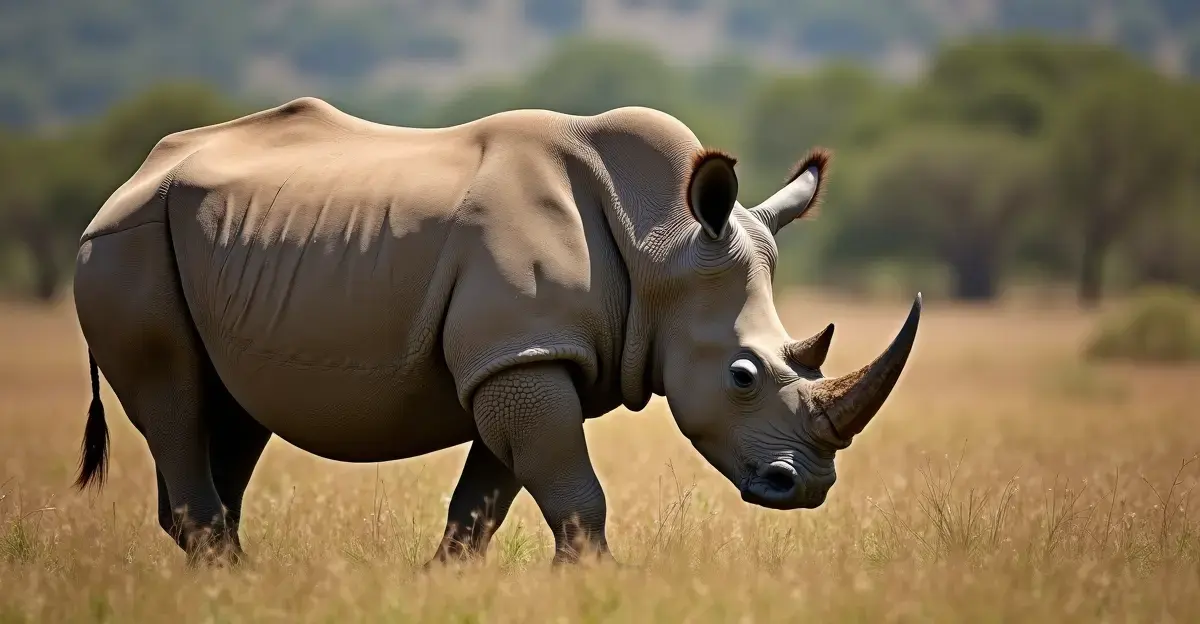
South Africa's Rhino Crisis: One Animal Killed Daily Despite Protection
On World Rhino Day, conservationists are sounding the alarm as South Africa continues to lose approximately one rhinoceros per day to poaching. Despite decades of conservation efforts and advanced anti-poaching technology, the illegal wildlife trade persists, driven by demand for rhino horns that can fetch higher prices than gold on black markets.
Population Status and Conservation Challenges
South Africa hosts the world's largest rhino populations, with approximately 2,000 black rhinos and 12,000-13,000 southern white rhinos calling the country home. These numbers represent critical conservation successes - the southern white rhino was nearly extinct 50 years ago but has rebounded to "vulnerable" status, while the black rhino remains "critically endangered" nearly 30 years after receiving that designation.
"Zeg nooit tegen een ranger dat we deze oorlog niet gaan winnen," says Marius Fuls, a ranger and conservationist at Dinokeng Game Reserve. "Als wij ophouden te geloven dat dit kan, dan hebben we verloren. Wij zijn de laatste dunne groene lijn tussen de neushoorn en uitsterven."
2025 Poaching Statistics Reveal Ongoing Crisis
The first half of 2025 saw 195 rhinos killed according to South Africa's Department of Environment. While this represents improvement from the peak of over 1,000 annual poaching deaths a decade ago, the current rate of 420 animals killed in 2023 shows the battle is far from won. Both national parks and private reserves like Dinokeng Game Reserve face constant threats from organized criminal networks.
Advanced Anti-Poaching Technology Deployed
Conservation teams are employing increasingly sophisticated methods to protect these majestic creatures. Drones, night vision equipment, radar systems, motion sensors, artificial intelligence, and tracking dogs are all part of the modern anti-poaching arsenal. In Dinokeng, rhinos wear transmitters allowing rangers to monitor their locations in real-time.
Some reserves have adopted more radical approaches, including preventive horn removal to make animals less attractive targets. A recent innovation involves injecting small amounts of radioactive material into horns, rendering them unusable and easily detectable during smuggling attempts. Source: NOS
Global Conservation Context
World Rhino Day, established in 2010, highlights the plight of all five rhino species. The situation for Asian species is even more dire: only about 4,000 Indian rhinos, 50 Javan rhinos, and fewer than 50 Sumatran rhinos remain according to the International Rhino Foundation. South Africa's role as guardian of the world's largest rhino populations makes its conservation efforts critical to global biodiversity.

 Nederlands
Nederlands
 English
English
 Français
Français
 Deutsch
Deutsch
 Español
Español
 Português
Português




